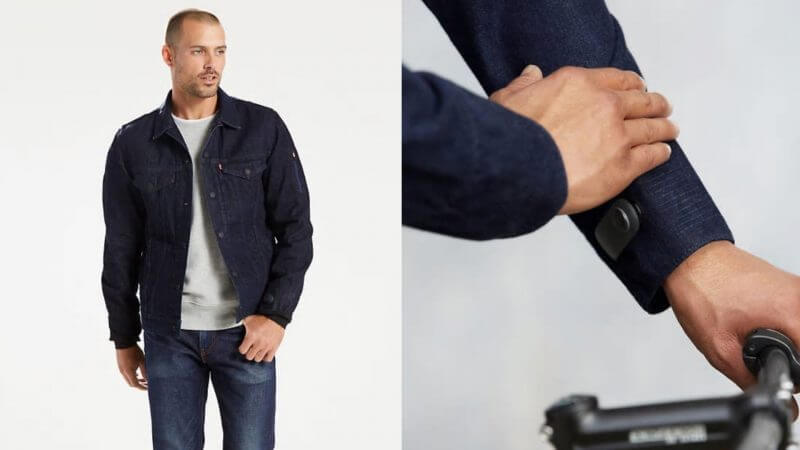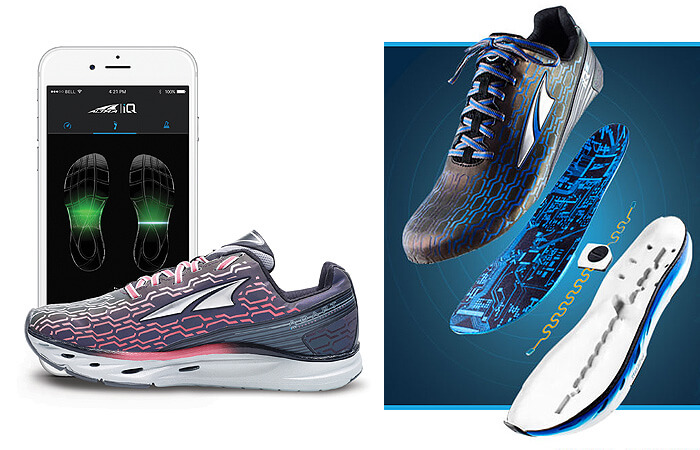UX Design Principles for Wearable Technology
Recent years have seen an explosion of wearable technology. From Fitbit to the Apple Watch, wearable tech has become all the rage and new technologies are constantly entering the field, changing the way we interact with our devices.
Solos AR cycling glasses, which hit the consumer market last year, are smart glasses targetted towards the athletic community, offering features such as a pupil display, group communication, and audio prompts.
Snapchat’s Spectacles V2, the second generation of Snapchat’s camera sunglasses, was released last year, allowing users to record important moments of their daily lives without the hassle of having to take your phone out.
New wearable gadgets are continuously hitting the market, each trying to find the perfect balance between simplicity and effectiveness without sacrificing comfort or compactibility. The Motiv Ring is one such attempt, a sleek ring with a width of only 0.1 inches that acts as a fitness and health data tracker.
Here are some things to keep in mind when designing for emerging wearable devices.
1. One piece of a larger Ecosystem

Wearable technology typically acts as a substitute for another larger, bulkier device. For this reason, the experience offered by a wearable piece of technology must outperform the alternative in order for it to be of value for a consumer, or else what is the point?
To ensure a wearable device is complimentary for existing device experience, it's important to provide a user experience that flows across devices and offers a richer and simplified experience as a result. A wearable device should offer the user a shortcut to completing a task. These devices are less powerful versions of the devices they are providing an alternative to.
2. Emphasis on Desirability

The desirability of a wearable device is heightened compared to non-wearable counterparts because the device doubles as a fashion choice. The importance of aesthetics in design has always been emphasized, but wearable devices have cemented this design principle.
Fashion has, and always will be, extremely personal because what you wear communicates something about you as a person. Therefore, the goal of a wearable device is to seamlessly integrate into both the daily routine and identity of a user. This concept is being recognized more and more as the consumer wearable industry expands, with many companies deciding to work with fashion and jewelry designers in order to find this balance between fashion and functionality.
An example of this is the "Levi’s Commuter x Jacquard by Google Trucker Jacket", a jean jacket marketed towards urban cyclists that let looks like a regular jacket but harbors the powers of latest tech gadgets, invisible to those passing by.
3. Importance of Invisibility

One of the biggest barriers wearable technology has experienced to widespread popularity is the fact that products often look like, well, wearable technology. The name of the game is to blend in instead of standing out.
Ivan Poupyrev, Google’s ATAP technical program lead, explains the challenge of desirability in wearable technologies, stating “One of the biggest realizations we had in understanding how fashion and technology can work together is just how much tension there is… It’s not just that wearables are not fashionable, the problem is that if you’re trying to take a garment and put the technology through it, then that technology cannot fundamentally compromise the appearance or the authenticity of the garment”
Wearable technology means a smaller screen (if at all), and a less diverse range of commands for the user. Invisibility goes hand in hand with simplicity, fewer buttons and options means better accessibility and use. Focusing on the core features of the product will help sidestep the common mistake of overcrowded elements and complex designs.